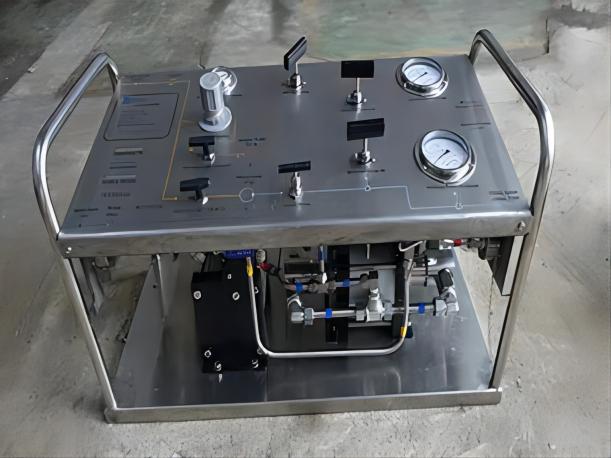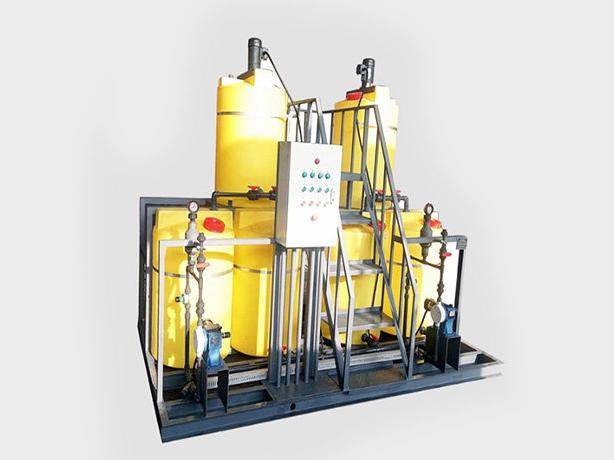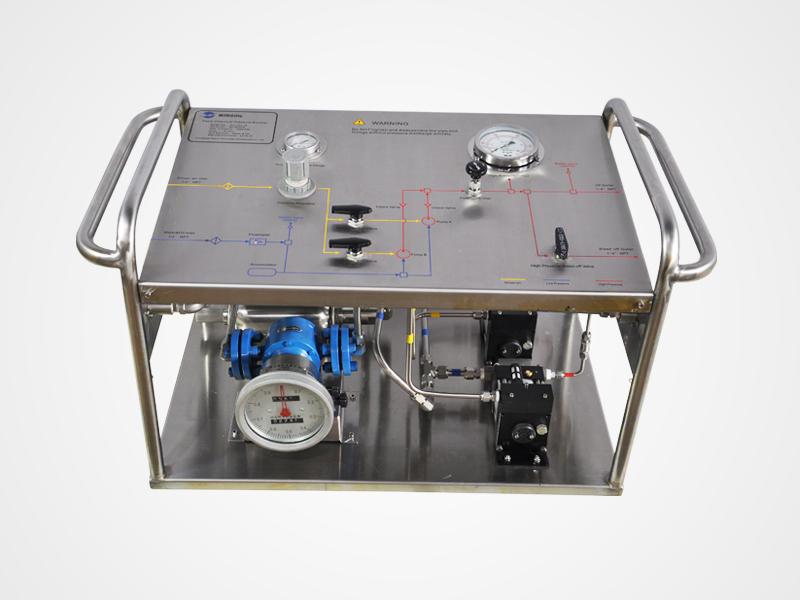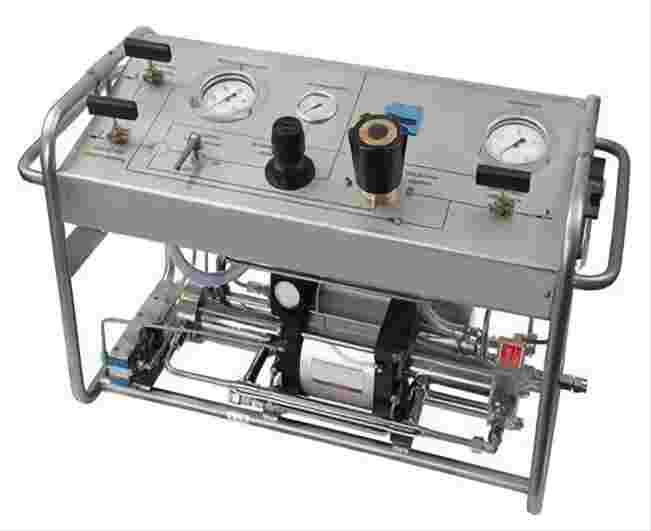How to Use a Portable Hydrostatic Test Pump Safely?
A portable hydrostatic test pump is a device used to test the integrity of pressure vessels, such as pipes, tanks, and boilers. The pump works by pumping water into the vessel under pressure. If the vessel leaks, the water will escape and the pump will lose pressure. Portable hydrostatic test pumps are typically powered by gasoline or electricity. They come in a variety of sizes, with capacities ranging from a few gallons to several hundred gallons. The pressure rating of a portable hydrostatic test pump is the maximum pressure that the pump can generate.
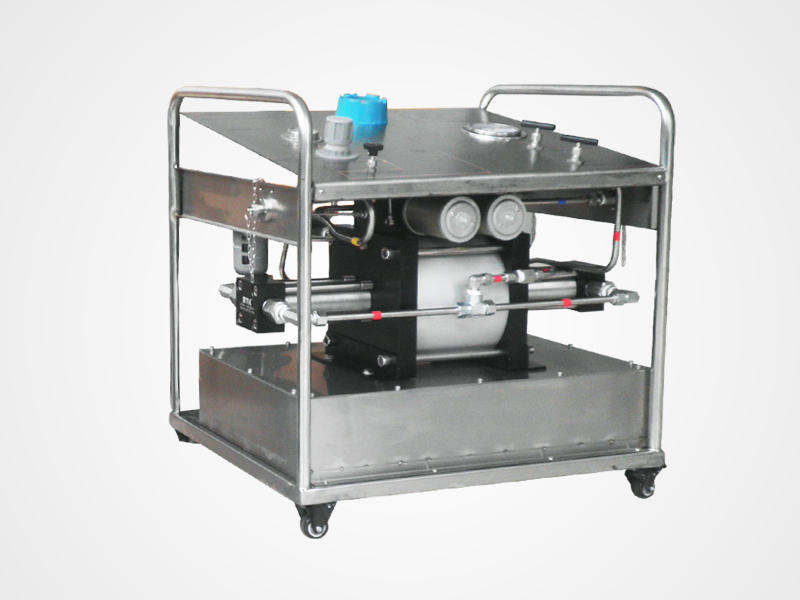
Benefits of Using a Portable Hydrostatic Test Pump
There are many benefits to using a portable hydrostatic test pump. For example:
- Cost-effective: Portable hydrostatic test pumps are a cost-effective way to test pressure vessels. They are typically less expensive than other types of test pumps, such as deadweight testers.
- Easy to use: Portable hydrostatic test pumps are easy to use and can be set up quickly. This makes them a good option for businesses that need to test pressure vessels on a regular basis.
- Portable: Portable hydrostatic test pumps are portable, so they can be used in a variety of locations. This makes them a good option for businesses that need to test pressure vessels in remote locations.
- Safe: Portable hydrostatic test pumps are safe to use, as long as all safety precautions are followed. This makes them a good option for businesses that need to test pressure vessels in a safe and controlled environment.
Types of Portable Hydrostatic Test Pumps
There are two main types of portable hydrostatic test pumps: gasoline-powered pumps and electric-powered pumps. Gasoline-powered pumps are more powerful than electric-powered pumps, but they are also more expensive. Electric-powered pumps are less powerful than gasoline-powered pumps, but they are also less expensive and more environmentally friendly.
How Does a Portable Hydrostatic Test Pump Work?
A portable hydrostatic test pump works by pumping water into the pressure vessel under pressure. The water pressure forces the walls of the vessel to expand. If the vessel leaks, the water will escape and the pump will lose pressure. The amount of pressure that the pump can generate is determined by the size of the pump and the power source.
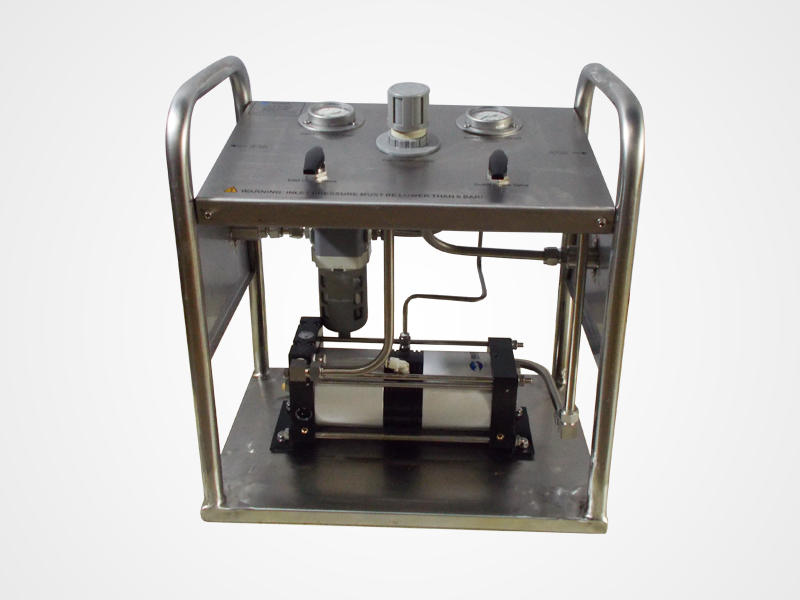
Safety Precautions When Using a Portable Hydrostatic Test Pump
It is important to follow all safety precautions when using a portable hydrostatic test pump. Some of the safety precautions include:
- Wear personal protective equipment (PPE), such as goggles, gloves, and a hard hat. This will protect you from water spray, leaks, and other hazards.
- Make sure that the pump is properly grounded. This will help to prevent electrical shock.
- Do not exceed the pressure rating of the pump. This could cause the pump to fail and injure you or others.
- Disconnect the pump from the power source before opening the pressure vessel. This will prevent the pressure from building up and causing an explosion.
- Be aware of the signs of a leak. These include water dripping, bubbling, or a loss of pressure. If you see any of these signs, stop the test immediately and investigate.
How to Choose the Right Portable Hydrostatic Test Pump for Your Needs?
When choosing a portable hydrostatic test pump, there are a few factors to consider:
- Consider the size of the pressure vessel that you need to test. The pump should be able to generate enough pressure to fill the vessel to the desired level.
- Consider the pressure rating of the pump. The pump should have a pressure rating that is at least equal to the pressure rating of the pressure vessel.
- Consider the power source that you prefer. There are gasoline-powered pumps and electric-powered pumps. Gasoline-powered pumps are more powerful, but they are also more expensive. Electric-powered pumps are less powerful, but they are also less expensive and more environmentally friendly.
- Consider your budget. Portable hydrostatic test pumps can range in price from a few hundred dollars to several thousand dollars.
How to Use a Portable Hydrostatic Test Pump?
To use a portable hydrostatic test pump, follow these steps:
- Connect the pump to the pressure vessel. Use the appropriate adapters to make sure that the pump is properly connected to the pressure vessel.
- Fill the pump with water. Use a hose to fill the pump with water.
- Turn on the pump and start pumping water into the pressure vessel. Monitor the pressure gauge to make sure that the pressure does not exceed the pressure rating of the pump.
- Continue pumping until the pressure vessel reaches the desired pressure. The desired pressure will depend on the size and type of the pressure vessel.
- Turn off the pump and disconnect it from the pressure vessel. Be sure to relieve the pressure in the pressure vessel before disconnecting the pump.
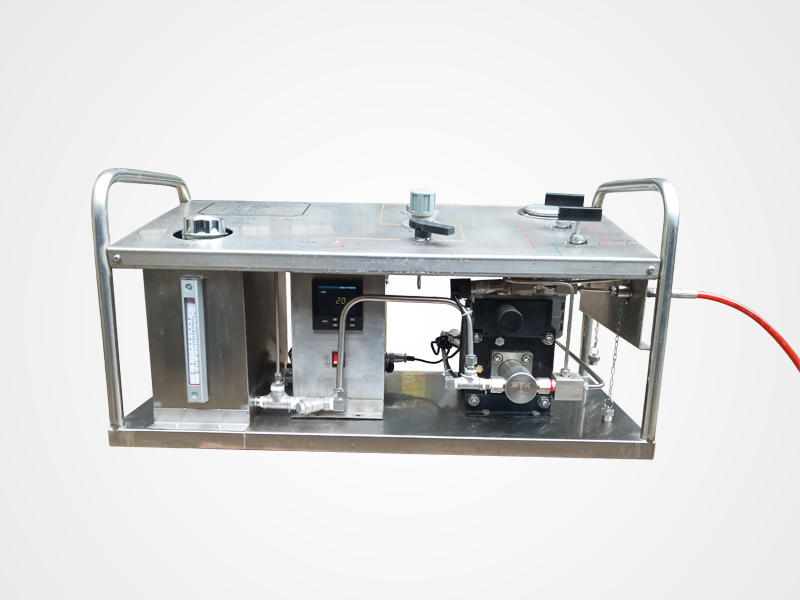
Conclusion
Portable hydrostatic test pumps are a valuable tool for testing the integrity of pressure vessels. They are cost-effective, easy to use, and portable. By following all safety precautions, you can safely use a portable hydrostatic test pump to ensure the safety of your pressure vessels.

